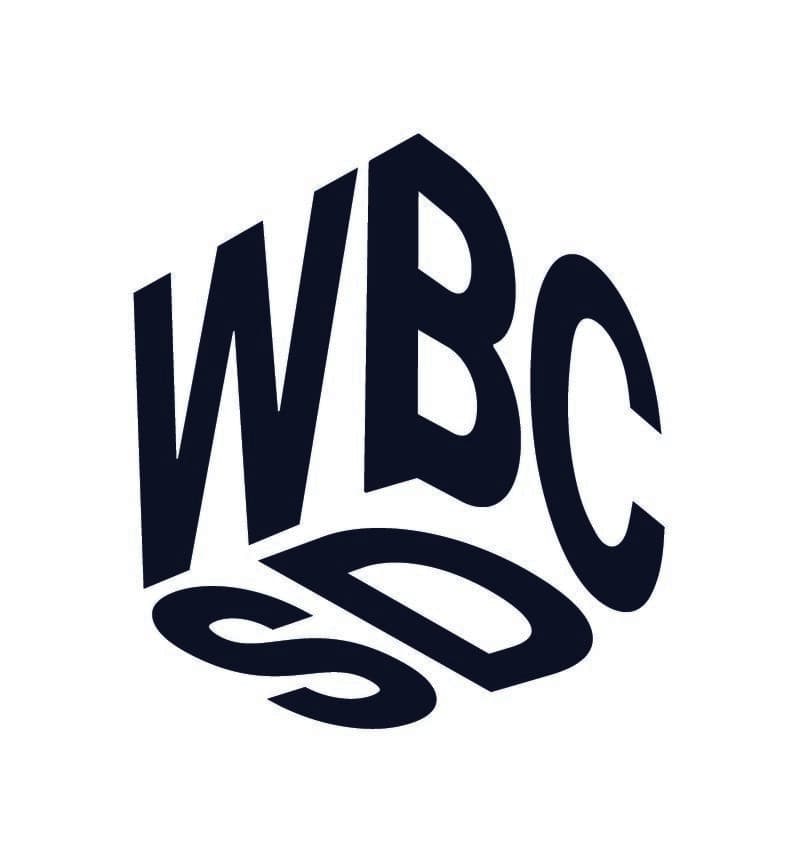
Link supplier financing to decarbonization metrics
 WBCSD Climate Masterclass Series
WBCSD Climate Masterclass SeriesSummary
Sustainable Supply Chain Finance (SSCF) ties financial solutions for suppliers to their sustainability metrics, as explained by BSR for the Transform To Net Zero initiative.
Context
In November & December 2024, WBCSD conducted a three-part Masterclass Series on Unlocking Supply Chain Decarbonization. The second session discussed BSR’s Transform To Net Zero (TONZ) Guide on Sustainable Supply Chain Finance (SSCF), an innovative financial mechanism that aligns supplier incentives with sustainability metrics. This Action Guide summarizes the key learnings from the session..
In 2024, Transform to Net Zero published a guide into the design, uptake, and benefits of current Sustainable Supply Chain Finance (SSCF) programs, as innovative tools to engage suppliers and reduce Scope 3 emissions.
SSCF addresses the need for financial incentives that many suppliers report: smaller or earlier-stage suppliers face comparatively higher cost of capital due to lower credit ratings. While buyers are increasingly requesting, and sometimes requiring, climate action from suppliers, suppliers denounce access to capital as a major barrier to climate action.
For example, the International Finance Corporation (IFC) Global Trade Supplier Finance (GTSF) Program provides $1 billion in short-term sustainability-linked lending.
Solution
Sustainable Supply Chain Finance (SSCF) leverages a buyer's credit to provide suppliers with access to financial solutions that are directly linked to sustainability achievements. These programs reward suppliers for progress on metrics such as setting Science-Based Targets (SBTs) or achieving predefined sustainability scores, such as those from Ecovadis. This improves access to working capital for suppliers demonstrating progress on sustainability criteria.
Key features of SSCF programs include:
Financing models: Early payment terms, lower interest rates, and tiered pricing based on performance improve cash flow and reduce financial burdens for participating suppliers
Participation criteria: Suppliers qualify based on geography, sustainability scores, or specific key performance indicators, demonstrating measurable progress on climate goals
Rating mechanisms: ESG ratings, industry-specific tools (e.g., Higg FEM) or company-specific criteria (e.g., performance against SCoC) are used to measure sustainability progress
Suppliers must illustrate sustainability achievements to qualify for funding, which strengthens buyer-supplier collaboration, aligns climate goals, and improves the buyer’s reputation.
These features create a compelling financial incentive for suppliers to pursue sustainability initiatives, aligning economic benefits with environmental ambitions and contributing to Net Zero.
Impact
Sustainability Impact
Climate Impact
SSCF’s most significant impact lies in its ability to reduce Scope 3 emissions by fostering supplier engagement and incentivizing climate action. While no direct links are observed for Scope 1 or Scope 2 emissions reductions, SSCF serves as a critical tool in engaging suppliers to decarbonize operations (Scope 3).
Business Impact
Benefits
SSCF programs improve buyer-supplier relationships and enhance buyers' reputations among suppliers. They align engagement with ESG goals and enforce sustainability expectations.
Programs offer financial benefits such as early payment terms and lower interest rates, which can improve suppliers' cash flow and incentivize sustainability achievements.
Costs
Implementing SSCF programs requires organizations to allocate internal capacity for program design and management. Involving finance teams early in the process helps mitigate these challenges by creating oversight mechanisms and integrating financial solutions with sustainability goals.
A consideration to account for is that SSCF offers short-term financial support, therefore, it may not provide the extensive funding needed for more profound decarbonization initiatives. Pairing these programs with complementary solutions, such as green loans or bonds, can address these limitations and support larger-scale efforts.
Implementation
Typical business profile
Any company engaged in decarbonization efforts, seeking guidance on financing (sector-agnostic).
Approach
Step-by-step approach
Evaluate and map funding options and begin to develop a strategy. Diversify financing options to support the evolving needs of suppliers, including long-term financing solutions for larger-scale sustainability investments
Involve suppliers in program design to create practical, impactful incentives
Secure internal buy-in across departments. Involving the finance function early in the process can help mitigate these challenges by providing structure and driving alignment
To maximize impact, buyers must ensure robust tracking systems and supplier alignment with sustainability objectives. Foster knowledge-sharing and collaboration with suppliers to enhance the effectiveness of impact measurement and tracking systems
Establish direct lines of communications to engage with suppliers: this can be reached by giving ownership to functions that interface directly with suppliers and/or creating communication bridges between procurement and product teams
Align or standardize sustainability rating frameworks and metrics to create a consistent and transparent approach for evaluating supplier performance
As shown in the Transform to Net Zero Guide, SSCF programs evaluate a range of sustainability and ESG criteria as part of their supplier metrics. Seven (7) out of nine (9) programs incorporate both environmental (E) and social (S) factors into their assessments.
Once the programs are designed and tailored to the sector and buyer priorities, SSCF rarely sets constraints regarding supplier use of capital. Suppliers are required to demonstrate measurable progress on sustainability metrics to become eligible for funding. Yet, once funding is secured, suppliers have the flexibility to determine how to allocate it. They may choose to invest it in initiatives that enhance their sustainability performance, potentially unlocking access to more favorable pricing tiers.
Stakeholders involved
Successful SSCF implementation requires close collaboration among key stakeholders:
Buyers: Leverage credit strength to design SSCF programs that align supplier incentives with ESG goals
Suppliers: Participate in program design to ensure offerings address their unique challenges and direct capital toward decarbonization
Finance teams: Develop and oversee SSCF programs, ensuring financial mechanisms are well-integrated with sustainability objectives
Going further
Find all three sessions from November & December 2024 of the WBCSD Masterclass series "Unlocking Supply Chain Decarbonization":